How much species are included in the genus Pilea, the botanical experts do not seem to agree. There could be between 600 and 715 kinds (source).
The main area of distribution of these plants is in tropical and subtropical regions. Many are native to Asia, some to North and South America.

Some pileas have the ability to throw their pollen and seeds meters through the area. This is why they are commonly called artillery plants.
However, they do not have this specialty exclusively, some Wood Sorrels (Oxalis) or the Madagascar Jewel (Euphorbia leuconeura), which is popular as a houseplant, also master the technique.
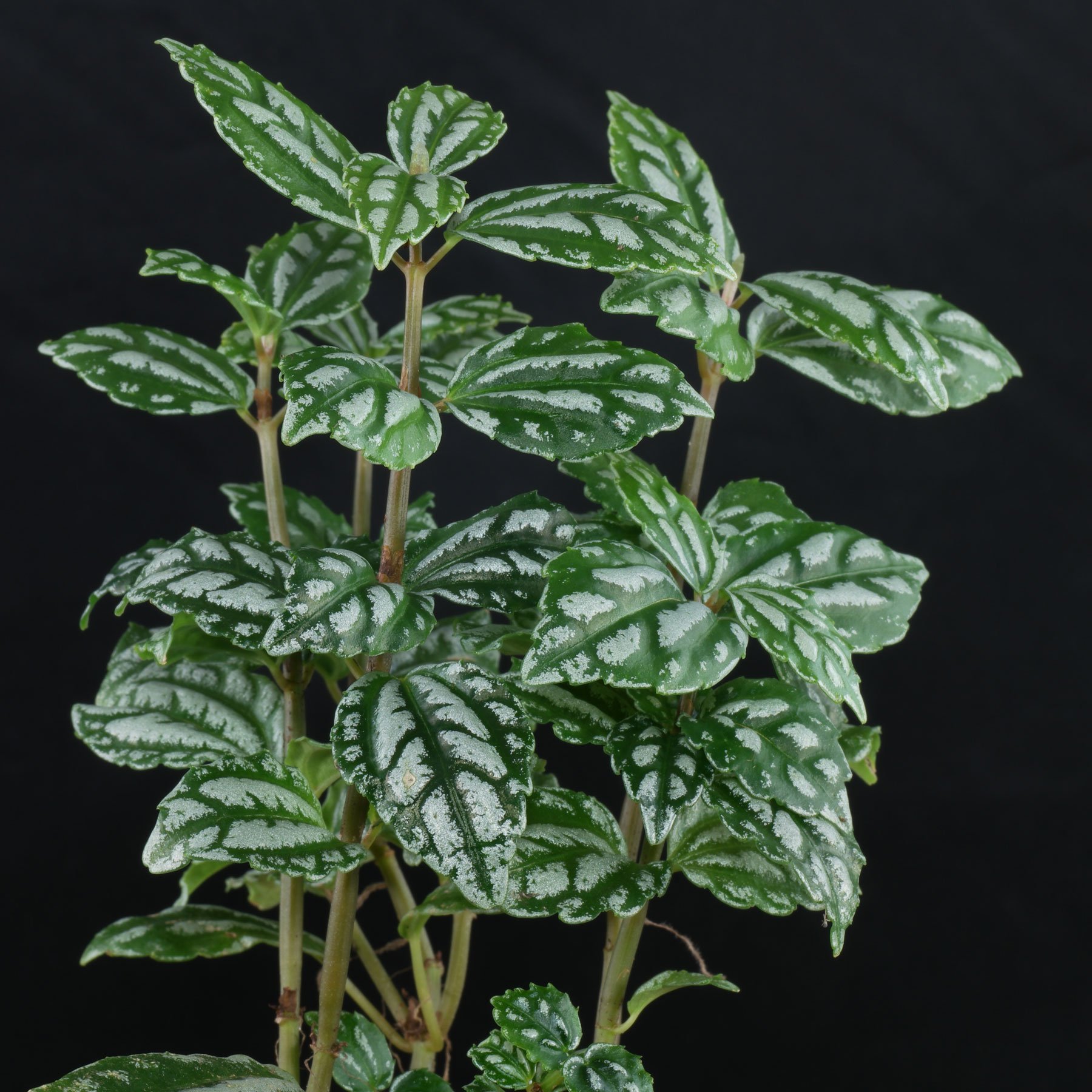
Gray Baby Tears (Pilea glauca)

Pilea glauca is native to Brazil, and its small leaves have a green-metallic sheen. The creeping shoots can grow up to 50 centimeters long, making it well suited for culture in a hanging basket.
Gray Baby Tears is suitable for partial sun to partial shade locations.

Friendship Plant (Pilea involucrata)
Pilea involucrata is called Friendship Plant. This name is also used for other Pileas. In the shops you can find mostly the cultivar “Moon Valley”, whose leaves are dark brown in the middle.
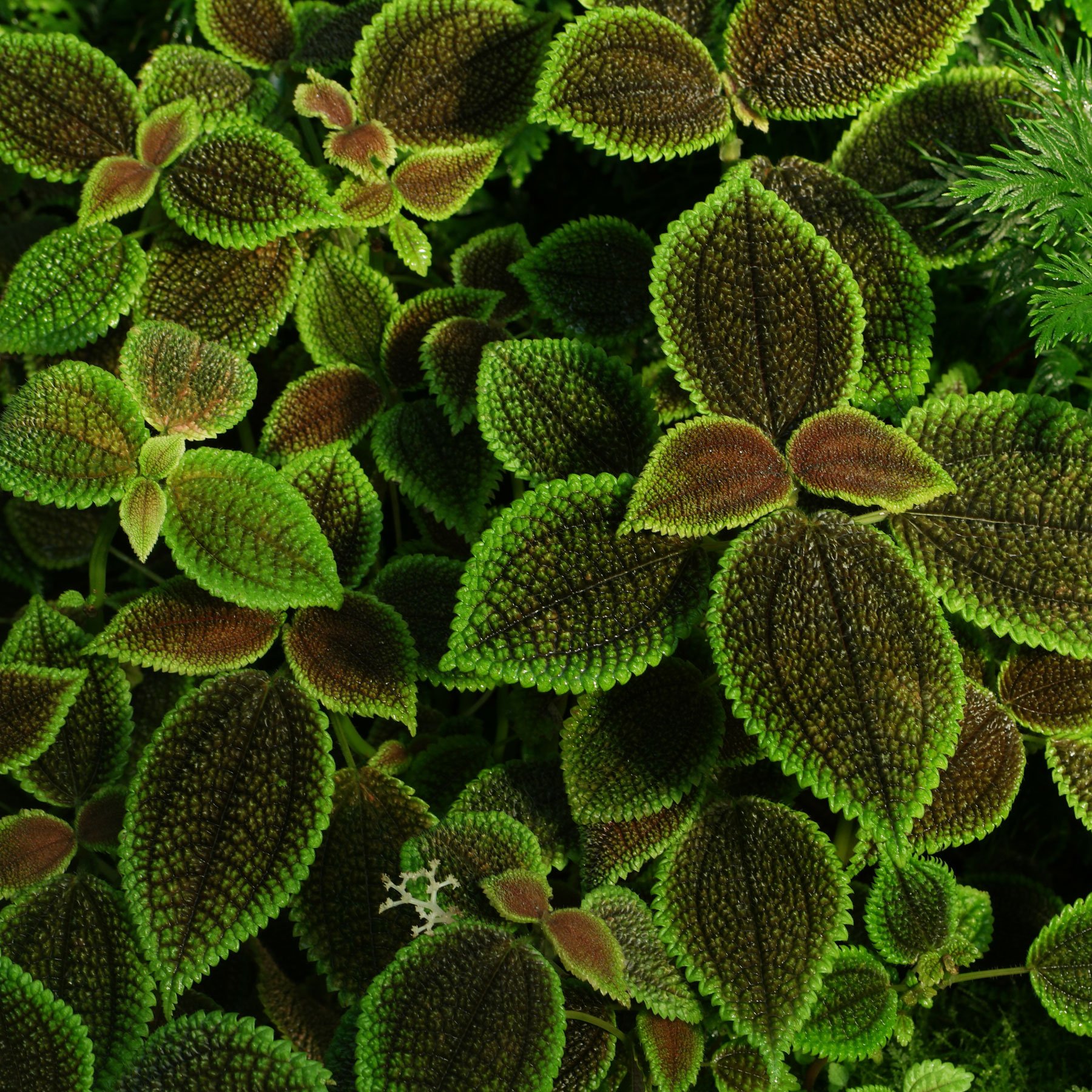
The Friendship Plant is believed to be native to tropical and subtropical America. It can grow up to 30 centimeters high and is suitable for care on the windowsill or as a terrarium plant.
The growing location may be partial sun to partial shade, with morning sun, evening sun and winter sun. Keep the soil evenly moist but not dripping wet. Pilea involucrata prefers it warm all year round and does not like to be below 59 °C (15 °C) for long periods.
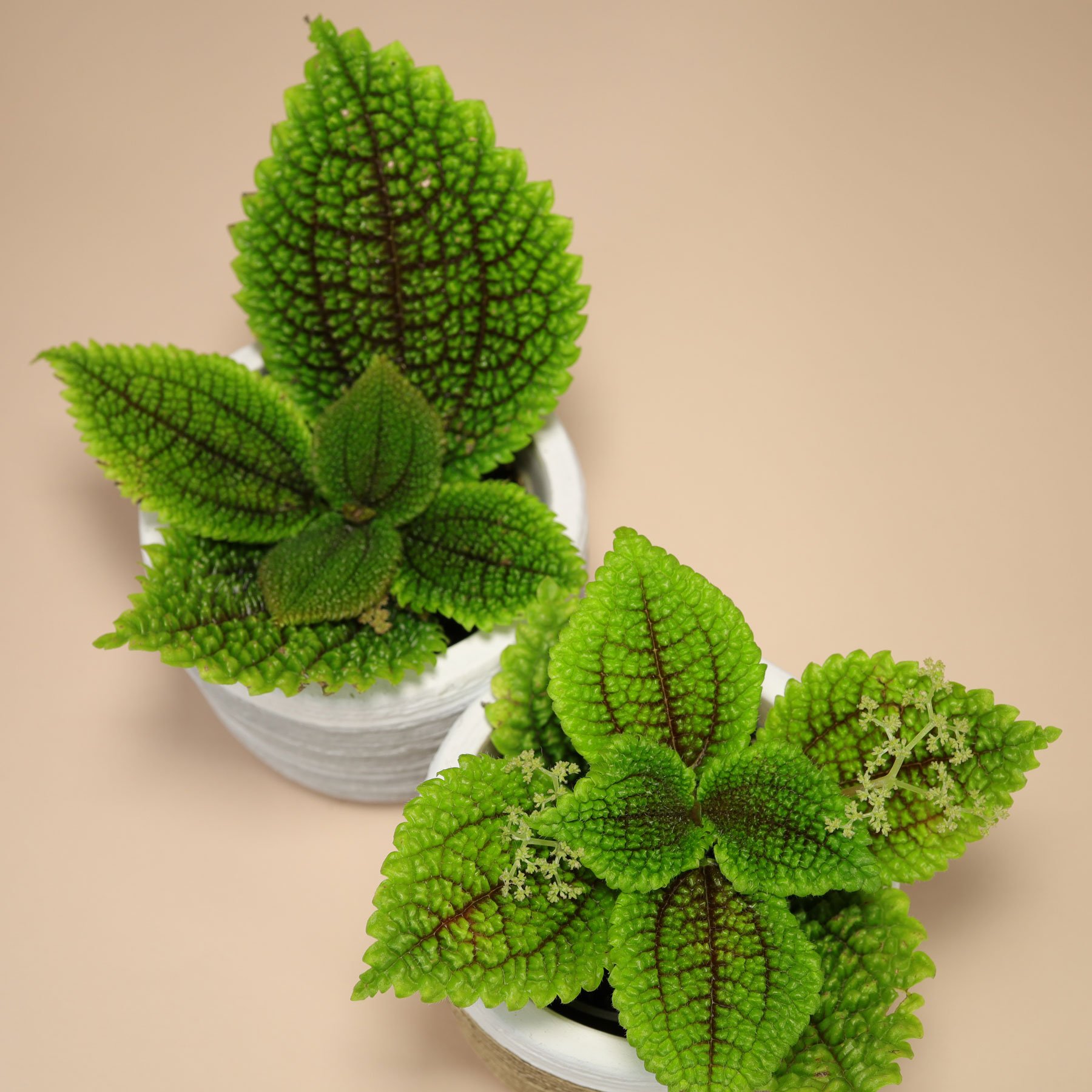
Silver Tree Pilea (Pilea spruceana)

Pilea spruceana is native to Bolivia and Peru. There are some cultivars available, such as Pilea spruceana “Silver Tree” shown here with a wide silver stripe down the center of the leaf.
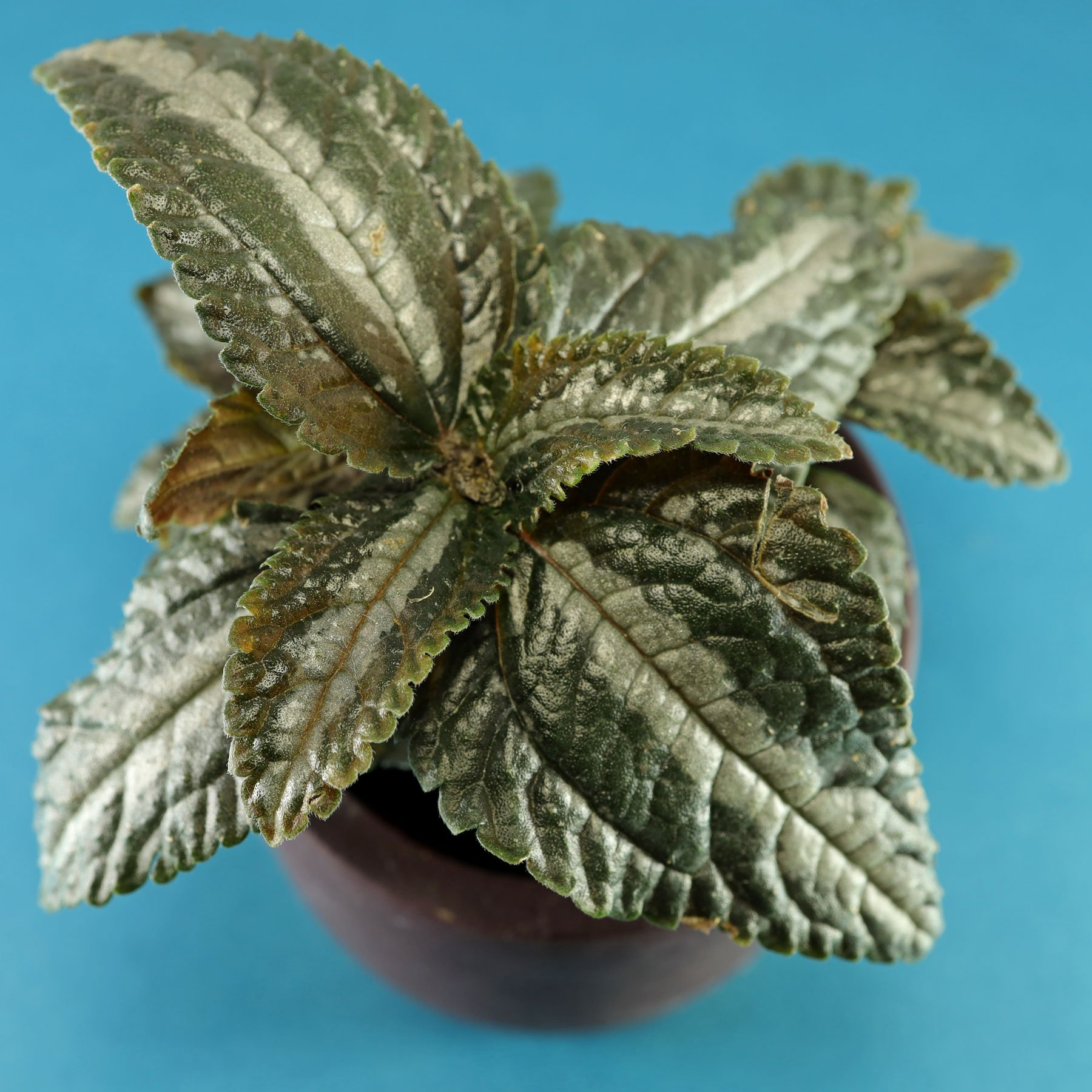
Chinese Money Plant (Pilea peperomioides)
Undoubtedly the most popular species of the genus is Pilea peperomioides. It comes from China and is loved thanks to its leaves that look remotely like a UFO. That is why it is also known as Ufo Plant or Pancake Plant.

Pilea peperomioides grows well in light to semi-shade locations, but needs to be overwintered in a cool place, at 50 to 59 °F (10 to 15 °C), if it is to show its flowers.

Categories: Indoor Plants |
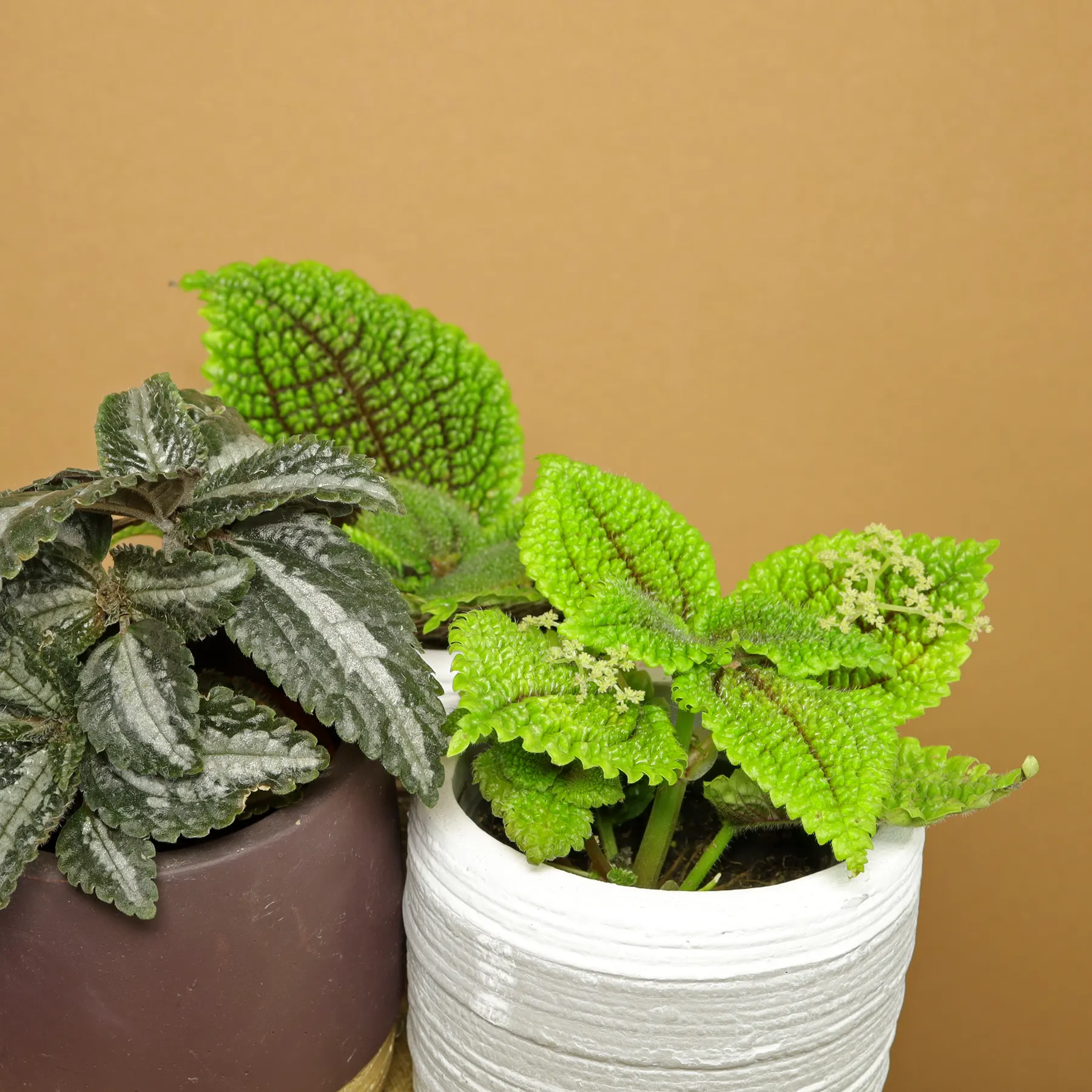
 Pilea cadierei
Pilea cadierei 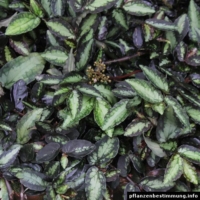 Pellionia repens
Pellionia repens  Soleirolia soleirolii
Soleirolia soleirolii  Urtica urens
Urtica urens  Urtica dioica
Urtica dioica  Boehmeria japonica
Boehmeria japonica  Pilea peperomioides
Pilea peperomioides 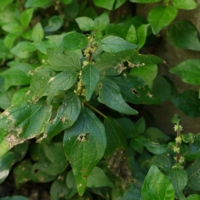 Parietaria judaica
Parietaria judaica  Lamium album vs. Urtica dioica
Lamium album vs. Urtica dioica  Pilea depressa
Pilea depressa  Urtica dioica vs. Urtica urens
Urtica dioica vs. Urtica urens